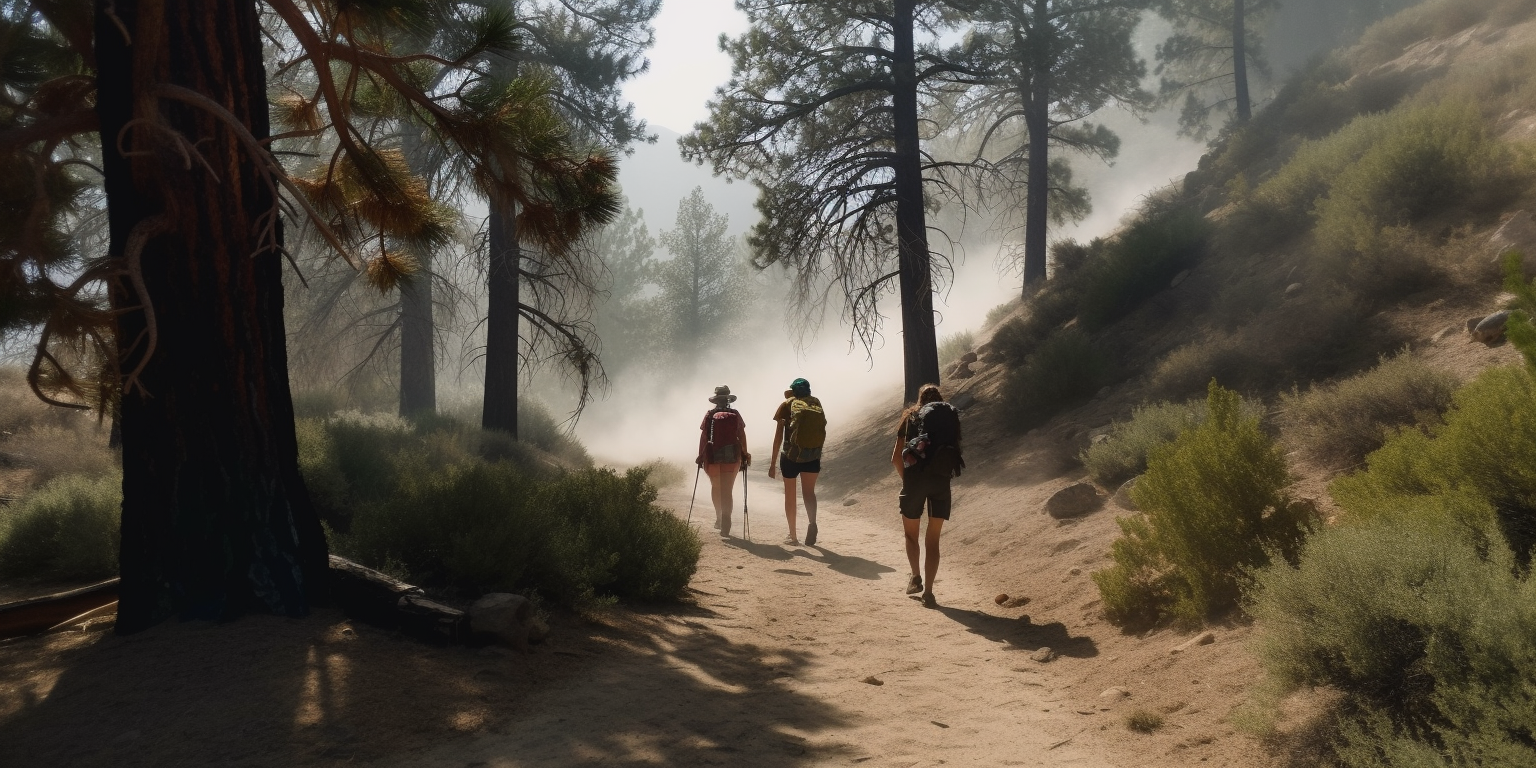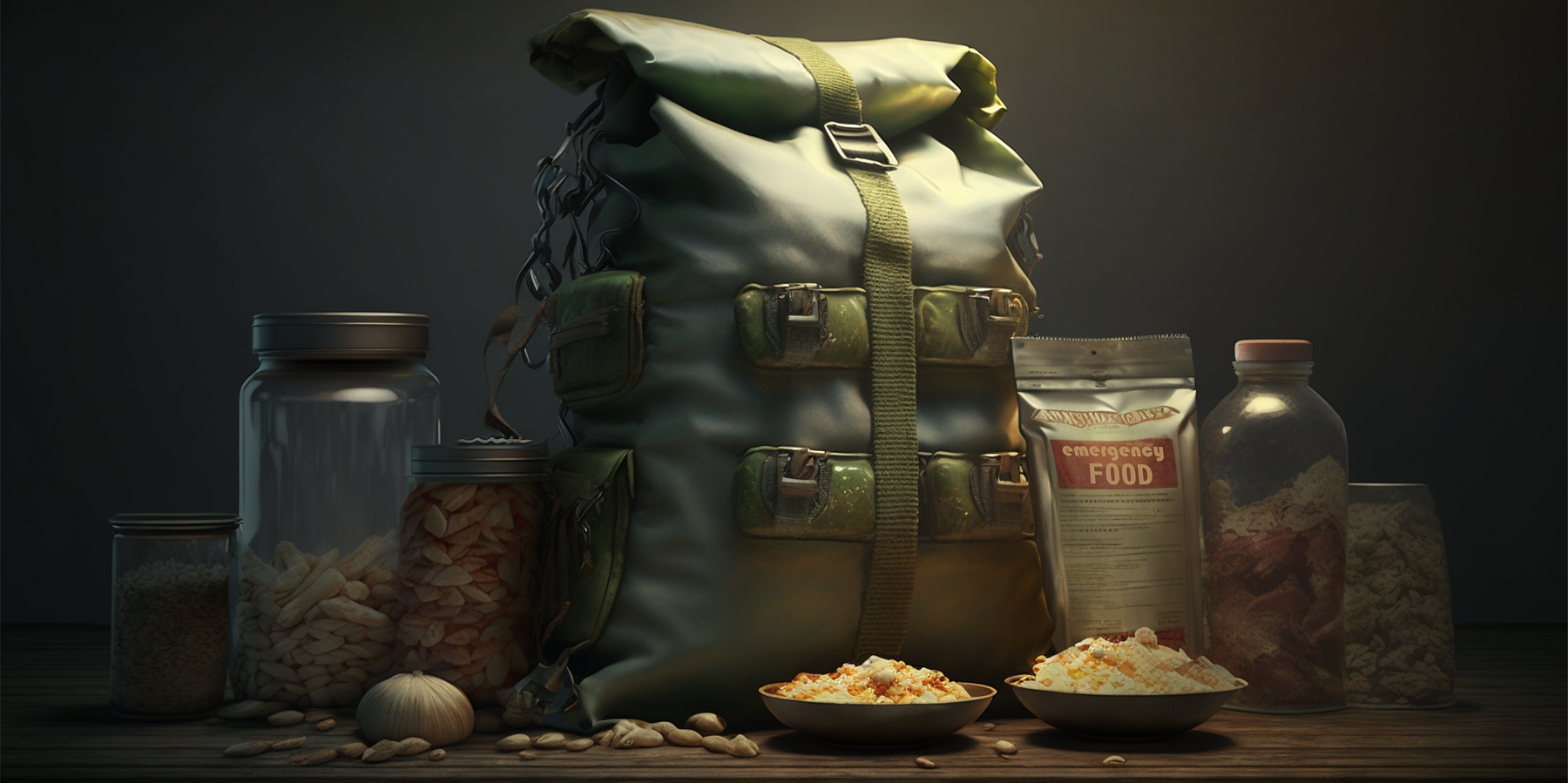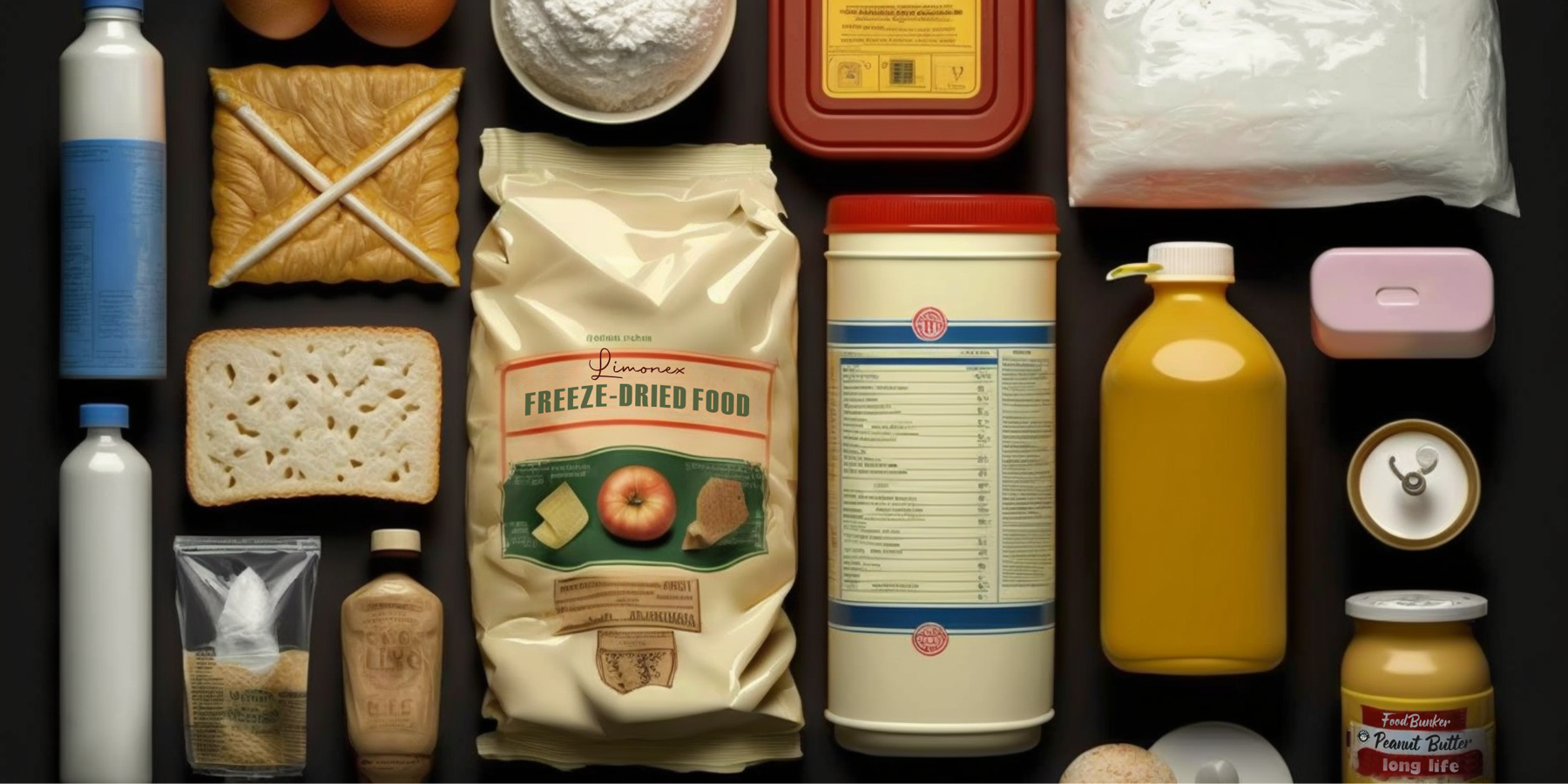
How to Make Your Own MREs - A Useful Guide
How to Make Your Own MREs - A Useful Guide
First of all it is important to note that MREs (Meals Ready to Eat) are designed to have a long shelf-life and be able to withstand harsh conditions, so they are typically preserved through a combination of methods. The ability of the average citizen to make these is usually hampered by a lack of access to appropriate packing equipment, and inadequate food science and food safety knowledge. Hence, while we are providing a basic guide below, we always recommend that it is better to purchase specially manufactured MREs that have met all the strict requirements in order to achieve their stated shelf-lives.
How to make your own MREs:
First you'll need the right equipment - a vacuum sealer and labels.
-
Choose your food items: Start by selecting the food items that you want to include in your MREs. Aim for a mix of different ambient foods including carbohydrates, proteins, and fats, along with some vitamins and minerals. Select foods with a long shelf life and minimal potential for spoilage. Here are some food items you could include in your homemade MREs to ensure they remain safe to eat for up to 6 months:
Dehydrated fruits and vegetables: Dried apples, bananas, apricots, raisins, berries, peas, corn, and tomatoes are nutrient-dense and can last for several months.
-
Jerky: Beef, turkey, or other meat jerky is high in protein and has a long shelf life when vacuum-sealed.
-
Nuts and seeds: Almonds, walnuts, peanuts, pumpkin seeds, and sunflower seeds are nutrient-rich and provide healthy fats and proteins.
-
Crackers and hardtack: These dry, dense biscuits are known for their long shelf life and can serve as a carbohydrate source.
-
Granola and protein bars: Opt for bars with low moisture content and minimal perishable ingredients to ensure longer shelf life.
-
Vacuum-sealed pouches of tuna, salmon, or chicken: These are rich in protein and have a long shelf life when stored properly.
-
Powdered drink mixes: Instant coffee, tea, hot chocolate, or electrolyte drink mixes are lightweight and have a long shelf life.
-
Instant rice or pasta: Precooked and dehydrated rice or pasta can be easily rehydrated with hot water and have an extended shelf life.
-
Powdered milk: A good source of calcium and protein, powdered milk can be reconstituted with water when needed.
-
Packets of condiments: Single-serving packets of salt, pepper, sugar, and other seasonings are lightweight and have a long shelf life.
-
Instant soup mixes: These can provide a warm, comforting meal and are easy to prepare with hot water.
-
Portion up the food: Divide the food items into individual portions, based on how many people will be eating. Pack enough food for a full meal, with around 800 calories per meal per person. Label each bag with the contents and the date.
-
Choose your packaging: MREs are typically packaged in airtight, waterproof bags. Use you vacuum sealer to tightly pack the meal items into a compact package. Make sure the bags you use are suitable for food contact vacuum packing, form an airtight barrier, and can withstand the weight of the food items.
-
Store the MREs: Store the MREs in a cool, dry place, away from direct sunlight. Depending on their contents they can be stored for up to 6 months, depending on the type of food items included. It's a good idea to periodically check the MREs and replace any expired food items.
Note that you may also want to include other items that can be useful during an emergency situation or outdoor activity. Some examples include matches, a small stove or portable heater, a water filtration system, and a first-aid kit.
By following these steps, you can make your own MREs that are tailored to your preferences and needs. They can be a useful and convenient option for emergency situations or outdoor activities.
How does this method compare to commercially manufactured MREs?
In order to achieve extended shelf-lives, specially manufactured MREs are typically preserved through a combination of methods. Here are some of the ways MREs are preserved:
-
Retort packaging: MREs are typically packaged in airtight, flexible pouches made from materials such as laminated polyethylene, aluminium foil, and polyester. The pouches are then sealed using a process called retort packaging, which involves heating the food to a high temperature and pressure to sterilize it and kill any bacteria or other microorganisms that may cause spoilage.
-
Dehydration: Many of the components of an MRE, such as meats, fruits, and vegetables, are dehydrated to remove most of the water content. This reduces the weight and volume of the MRE and also helps to prevent spoilage by reducing the amount of moisture that could support microbial growth.
-
High-fat content: MREs often contain high-fat items such as nuts and cheese, which have a lower water activity and are less susceptible to spoilage.
-
Chemical preservatives: Some MRE components may contain chemical preservatives such as sodium benzoate or sodium nitrite, which can help to extend the shelf life of the food.
-
Sealed packaging: Once the MRE components have been prepared and assembled, they are sealed in their individual pouches, which helps to protect them from the environment and prevent moisture and air from getting in.
Overall, specialist MREs are designed to be highly durable and long-lasting, so they can be stored for extended periods of time (often up to 5 years) and remain safe to consume in a variety of conditions.
Suggested Articles
Emergency Food for Travellers: How to Pack and Prepare for Emergencies on the Road
Unexpected events can occur at any time, even during well-planned trips. Whether you're exploring the scenic coastlin...
The Best Food to Pack in a Bug-Out Bag
Introduction: Understanding the Importance of a Bug-Out Bag In an unpredictable world, being prepared for emergencies...
10 Foods That Should Be in Every Emergency Kit
Introduction: Importance of Emergency Kits No one can predict when an emergency might occur, whether it's a natural d...





Hi James,
Whilst vacuum sealing foods such as baked beans and sausages can extend their shelf-life by minimising their exposure to air, we would strongly recommend against attempting to use this method with this food type. Commercially canned foods like Heinz baked beans are designed to be shelf-stable for years, but the moment the can has been opened the immediate exposure to air and contaminants reduces the shelf-life of the food down to a couple of days, even if stored in a fridge. You need to recognise that in a commercial canning factory the food is not just sealed, but sterilised through the application of heat which destroys all bacteria. Resealing in vacuum packaging will not re-sterilise the food, resulting in it becoming a potential breeding ground for bacteria and other pathogens.
So, instead we recommend either taking canned food with you unopened, or consider purchasing commercially manufactured pre-prepared ready meal pouches for these types of food.
Food Bunker on
Can I put heinz baked beans & sausages from a tin and put in a mylar bag and vacume seal. How long will this last for camping for two weeks
James on